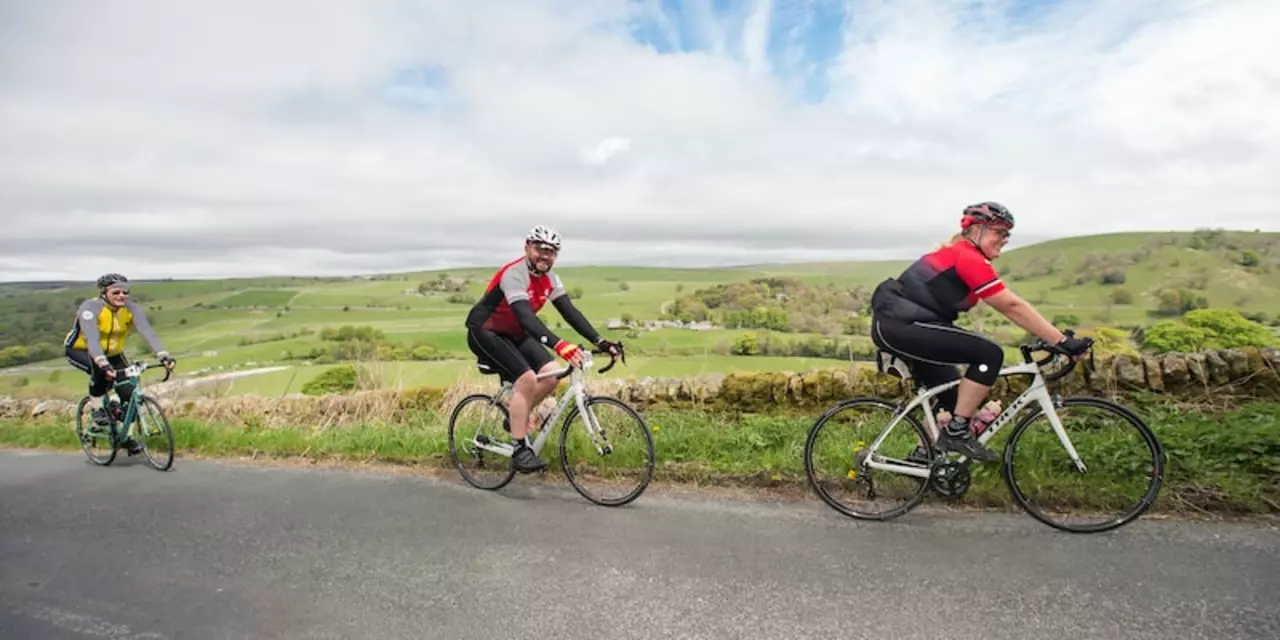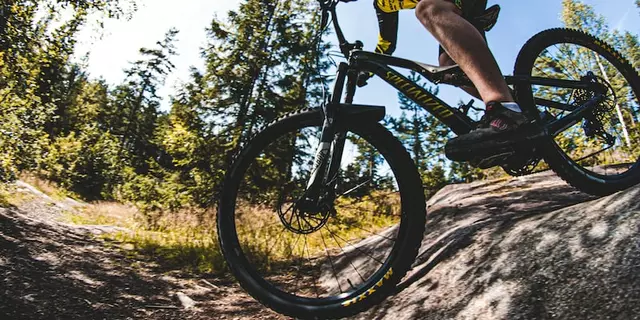All You Need to Know About Cycling Gloves
If you ride a bike, you’ve probably wondered whether gloves are worth it. The short answer: yes, they make a big difference. Gloves protect your hands from scrapes, keep them warm when it’s cold, and give you better control on the handlebars. In this guide we’ll cover the basics, explain the key features, and help you pick the perfect pair for your style of riding.
Why Wear Cycling Gloves?
First off, gloves are a safety tool. When you fall or brush against a rough surface, a pair of gloves can stop a nasty road rash on your palms. They also cushion the impact if you hit a bump at speed. Second, gloves improve grip. The padded palm material reduces slippage, especially when your hands get sweaty or rainy. Finally, comfort matters. A good pair absorbs road vibration, which means less hand fatigue on long rides.
How to Pick the Perfect Pair
Start by thinking about the type of riding you do. Road cyclists usually want thin, breathable gloves with just enough padding to soften the road feel. Mountain bikers need thicker pads, reinforced palms, and sometimes rubber knuckles for extra protection on rough terrain. If you ride in cold weather, look for insulated gloves that trap heat but still let sweat escape.
Next, check the fit. Gloves should hug your hand without being tight. Too loose and you’ll lose control; too tight and they’ll dig into your skin. Most brands size by hand circumference, so measure around the knuckles and compare with the size chart. Try them on if you can – a good fit feels like a second skin.Material matters too. Leather offers excellent durability and grip but can be stiff when new. Synthetic fabrics like nylon or polyester dry faster and are lighter, but may wear out quicker. Many gloves combine a leather palm with a synthetic back for a balanced feel.
Look at the padding. Light padding is fine for smooth roads, while heavy padding is better for off‑road trails. Some gloves have gel inserts that mold to your palm over time. If you’re prone to hand numbness, consider gloves with a short cuff and a breathable back to keep blood flowing.
Don’t forget the extras. Some gloves have reflective strips for night visibility, a small zip pocket for tiny tools, or a silicone grip patch on the thumb for easier brake handling. These features add convenience without a big price jump.
Price range varies from under £10 for basic models to over £100 for high‑end tech gloves. You don’t need the most expensive pair to get the benefits – a mid‑range glove with decent padding and a snug fit works for most riders.
Take care of your gloves to make them last. Hand‑wash in cold water, avoid the dryer, and let them air dry. A quick wipe after a sweaty ride removes salt and grime that can break down the material.
In short, cycling gloves are a small investment that pays off in comfort, safety, and control. Pick a pair that matches your riding style, fits well, and has the right amount of padding. Then you’ll notice a smoother, more enjoyable ride every time you hop on the bike.

Should cyclists wear gloves in the winter?
Cycling in the winter months can be a challenge. Wearing the right gear and having the right equipment can help make the ride easier and safer. Gloves are essential for winter cycling, as they provide warmth, protection from the elements, and increased grip on the handlebars. Cyclists should choose gloves that are insulated and waterproof for maximum protection, and if possible, gloves with touchscreen-compatible fingertips for convenience. Overall, cycling gloves are a great addition to any winter cycling wardrobe.
View More



